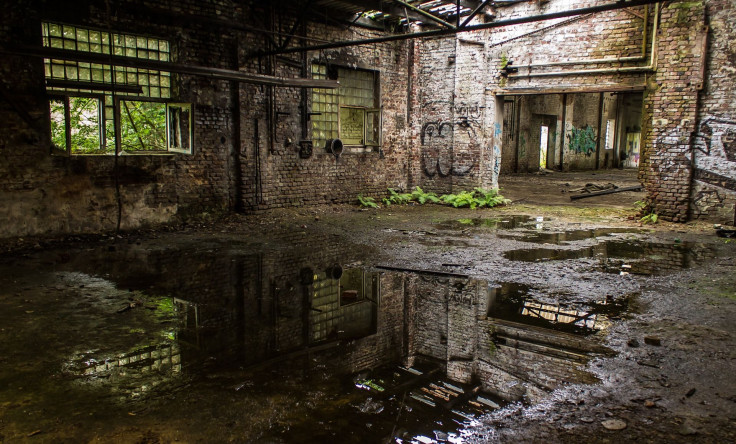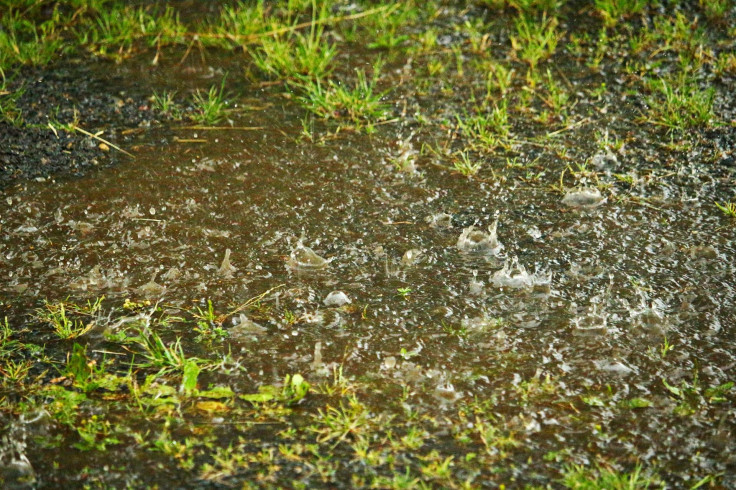Humans Can Use Moss To Clean Lead Contaminated Water, Scientists Find

Scientists could harness the power of moss to clean water that has been contaminated with lead.
A team of researchers reported that the cell walls in a moss species called Funaria hygrometrica absorb a significant portion of their weight in lead, a heavy and toxic element that can contaminate drinking water.
The plant is a common type of cord moss in North America and, according to the RIKEN Center for Sustainable Resource Science, it has been noted for flourishing in places that have been contaminated by lead and other toxic metals like copper and zinc.
When the researchers tested the moss’ ability to absorb lead from water, they found that it had picked up almost three-quarters of its weight in the metal, according to the study, published in the journal PLOS One. The cell walls accounted for the majority of that absorption, about 85 percent.
The cell walls continued to absorb lead even when they were removed from the moss.
“This means that there is something special about the cell walls of this species of moss that allows them to thrive in environments that are toxic to other plants,” RIKEN said.
It turned out that something special was polygalacturonic acid, also known as pectic acid.
Although the moss absorbed lead the most out of the heavy metals tested, it also efficiently picked up tin, gold and platinum.

“Water contamination by heavy metals from industrial activities is a serious environmental concern,” the study says. “Humans do not only ingest water, but use it also for agriculture and industrial activities.”
Lead exposure can cause cardiovascular health problems, lower kidney function and reproductive issues. It can also harm the fetus of a pregnant woman and cause developmental issues like learning problems and slower growth in children.
According to the study, existing methods for clearing lead out of water include filtering it through sediment or activated charcoal or using a resin to exchange ions in the contaminated water to purify it.
“However, these technologies often require materials derived from fossil resources, consume substantial amounts of energy, and emit [carbon dioxide],” the study notes. “Thus, the development of alternative, environment-friendly remediation technologies based on CO2-fixing organisms would be an important step towards more sustainable industrial processes.”
Boiling water can remove harmful things like pathogens, but it does not get the lead out, according to the U.S. Environmental Protection Agency. Lead-removing filters are available for home use but must be properly maintained.
The moss represents a more natural approach.
It “will likely make exceptional wastewater cleaners in mining and chemical industries,” first study author Misao Itouga said in the statement from RIKEN.
© Copyright IBTimes 2025. All rights reserved.




















